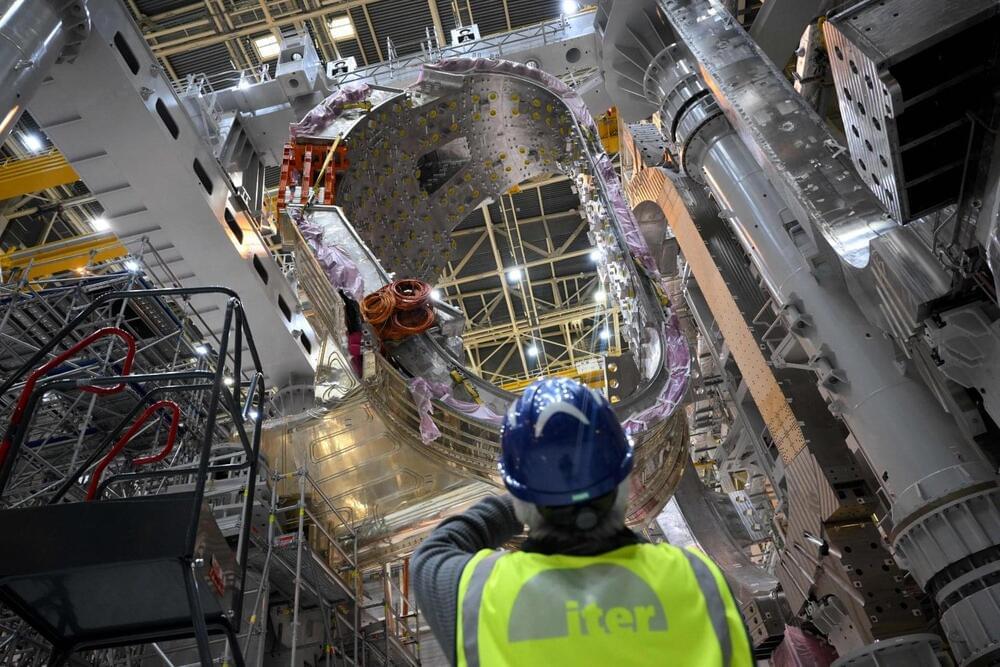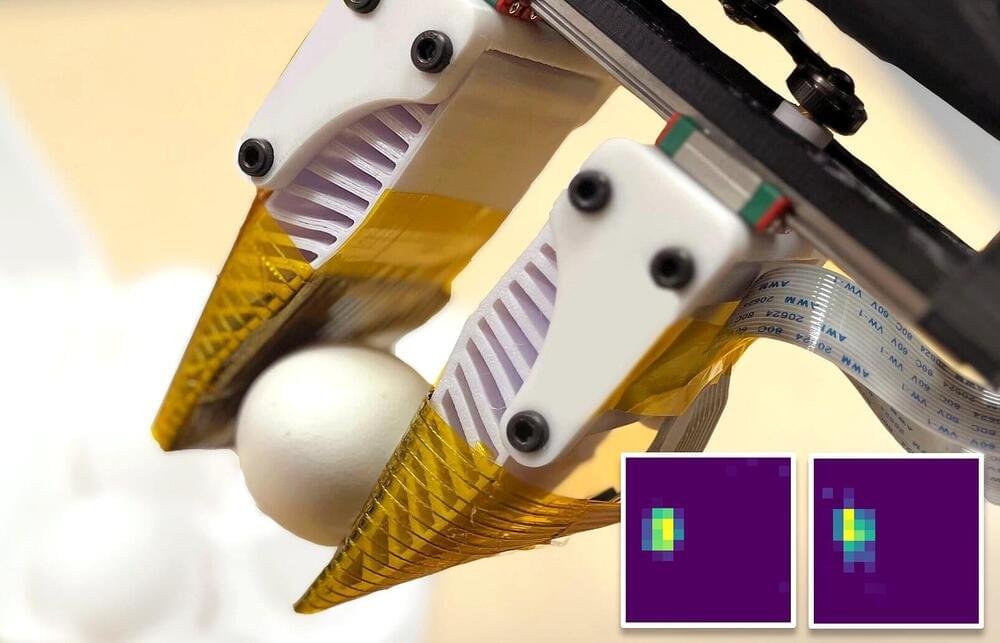Instead of crunching mathematical calculations, GenCast was trained on four decades of historical weather data to produce an array of 15-day forecasts.





Commonwealth Fusion Systems, a startup that was spun out of a project at the Massachusetts Institute of Technology’s research labs, announced plans this week to break ground on what it calls “the world’s first grid-scale fusion power plant.” The plant which is expected to come online sometime in the early 2030s, according to the company, will be built in Chesterfield County, Virginia.
The plan is certainly an ambitious one, starting with how the energy will be generated. Nuclear fusion is a notoriously difficult process that involves fusing together two light atomic nuclei into a single heavier one, resulting in the release of a massive amount of energy—it’s estimated to produce four times as much energy as nuclear fission reactions. The reaction that nuclear fusion generates is the same kind of reaction that powers the sun.
It’s not hard to imagine why one would want to be able to harness the energy of the sun. It is hard to actually, ya know, do that, though. To date, nuclear fusion has proven elusive—at least in a way that would produce usable energy. In 2022, scientists at Lawrence Livermore National Laboratory in California reached nuclear fusion “ignition” for the first time, meaning they successfully produced an excess of energy from the reactions. Prior to that breakthrough, which has since been replicated, it took more energy to produce the reaction than energy that came from it.

Join us on Patreon! https://www.patreon.com/MichaelLustgartenPhD
Discount Links/Affiliates:
Blood testing (where I get the majority of my labs): https://www.ultalabtests.com/partners/michaellustgarten.
At-Home Metabolomics: https://www.iollo.com?ref=michael-lustgarten.
Use Code: CONQUERAGING At Checkout.
Clearly Filtered Water Filter: https://get.aspr.app/SHoPY
Epigenetic, Telomere Testing: https://trudiagnostic.com/?irclickid=U-s3Ii2r7xyIU-LSYLyQdQ6…M0&irgwc=1
Use Code: CONQUERAGING
NAD+ Quantification: https://www.jinfiniti.com/intracellular-nad-test/

Aging happens in distinct stages marked by synchronized cellular changes across organs, as shown in Rockefeller’s largest-ever mammalian aging atlas. Their findings offer clues for targeting aging processes and reveal key age and sex differences in cellular dynamics.
If you compared photos of a maple tree taken in July and December, the difference would be striking: a vibrant green canopy in summer versus bare, stark branches in winter. What those images wouldn’t reveal is how the transformation unfolded—whether it was gradual or sudden. In reality, deciduous trees usually wait for environmental cues, such as changes in light or temperature, before shedding all their leaves within a brief span of one to two weeks.
When it comes to aging, we may be more like these trees than we realized.


A Neptune-sized planet, TOI-3261 b, makes a scorchingly close orbit around its host star. Only the fourth object of its kind ever found, the planet could reveal clues as to how planets such as these form.
An international team of scientists used the NASA space telescope, TESS (the Transiting Exoplanet Survey Satellite), to discover the exoplanet, then made further observations with ground-based telescopes in Australia, Chile, and South Africa. The measurements placed the new planet squarely in the “hot Neptune desert”—a category of planets with so few members that their scarcity evokes a deserted landscape.
The team, led by astronomer Emma Nabbie of the University of Southern Queensland, published their paper on the discovery, “Surviving in the Hot Neptune Desert: The Discovery of the Ultrahot Neptune TOI-3261 b,” in The Astronomical Journal in August 2024.

To assist humans with household chores and other everyday manual tasks, robots should be able to effectively manipulate objects that vary in composition, shape and size. The manipulation skills of robots have improved significantly over the past few years, in part due to the development of increasingly sophisticated cameras and tactile sensors.
Researchers at Columbia University have developed a new system that simultaneously captures both visual and tactile information. The tactile sensor they developed, introduced in a paper presented at the Conference on Robot Learning (CoRL) 2024 in Munich, could be integrated onto robotic grippers and hands, to further enhance the manipulation skills of robots with varying body structures.
The paper was published on the arXiv preprint server.